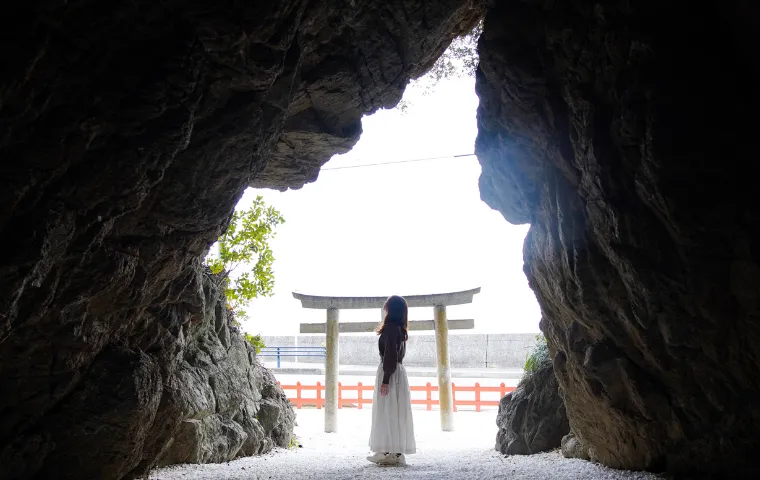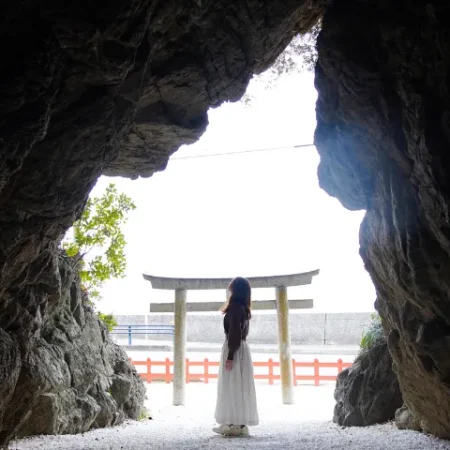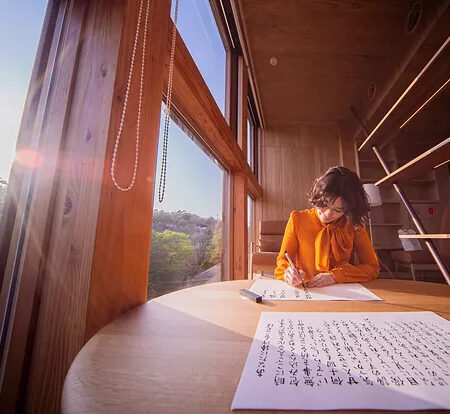Japan, a nation steeped in ancient traditions and fascinating history, boasts a multitude of shrines that hold immense historical, cultural, and spiritual significance. These shrines represent the country’s rich heritage and serve as centers of worship and cultural focus, attracting millions of visitors annually.
The prevalence of shrines in Japan is deeply rooted in the country’s religious diversity and historical evolution, making it an essential aspect of Japan’s rich cultural tapestry. In this article, we will delve into the profound significance of Japanese shrines, uncovering Japan’s top 5 most extraordinary and culturally important shrines.
Table of Contents
The Rich Cultural Tapestry of Japanese Shrines

Japanese shrines can be found throughout the archipelago, ranging from grand and well-known sites in major cities to small, hidden gems tucked away in rural areas. These sacred places often honor various kami (deities or spirits), natural elements, legendary figures, and historical events. Shintoism, Japan’s indigenous religion, is a major influence on the construction and significance of these shrines, although many have been amalgamated with Buddhist temples over the centuries.
The country’s affinity for nature and reverence for its beauty also plays a vital role in the establishment of shrines. Many of these sacred sites are situated amidst picturesque landscapes, including mountains, forests, and coastal areas, fostering a sense of harmony between the spiritual and the natural realms.
Top 5 Most Significant Shrines in Japan
1. Meiji Shrine (Meiji Jingu)
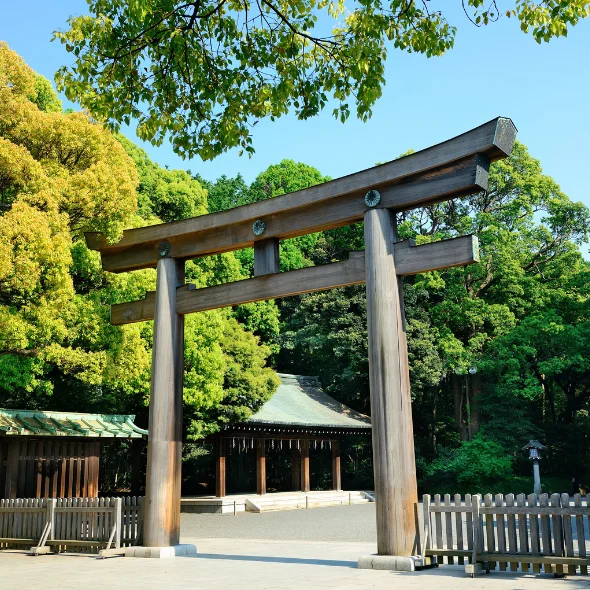
Meiji Jingu, located in the heart of Tokyo, is a Shinto shrine of great historical and cultural significance in Japan. Constructed in 1920, it serves as a tribute to Emperor Meiji and Empress Shoken, the pivotal figures in Japan’s transformation from a feudal society to a modern nation during the Meiji Restoration.
As a spiritual sanctuary, Meiji Jingu holds a special place in the hearts of the Japanese people, who visit the shrine to seek blessings, peace, and solace. Its traditional architecture, including the iconic wooden torii gate at the entrance, embodies the essence of Japanese culture, emphasizing simplicity and a profound connection with nature. Nowadays, Meiji Jingu continues to attract local, national and international visitors, captivating them with its historical allure and offering an authentic glimpse into Japan’s rich heritage.
2. Fushimi Inari Taisha
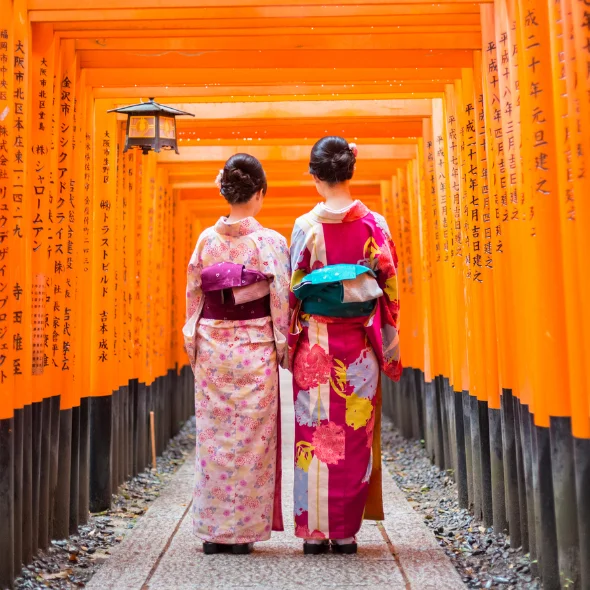
Fushimi Inari, a revered Shinto shrine in Kyoto, holds profound cultural and historical significance. Dedicated to Inari, the deity of rice and prosperity, its vibrant landscape boasts around ten thousand vermillion torii gates leading up to the sacred Mount Inari. Throughout the shrine grounds, an abundance of fox statues can be found, as they are believed to serve as messengers for Inari. This iconic shrine attracts pilgrims and visitors seeking blessings, offering a deep connection to Japan’s ancient traditions and beliefs.
What sets Fushimi Inari apart is the breathtaking Senbon Torii, or “thousand torii gates” pathway. The vibrant gates form an awe-inspiring tunnel, making it an ideal spot for quiet contemplation and spiritual reflection. Throughout history, Fushimi Inari has been intertwined with the lives of the Japanese, drawing people seeking prosperity, success, and protection. Its intricate wooden torii gates and tranquil surroundings evoke a sense of timelessness, providing visitors with an unforgettable glimpse into Japan’s rich cultural heritage and the enduring significance of its spiritual traditions.
3. Ise Grand Shrine (Ise Jingu)
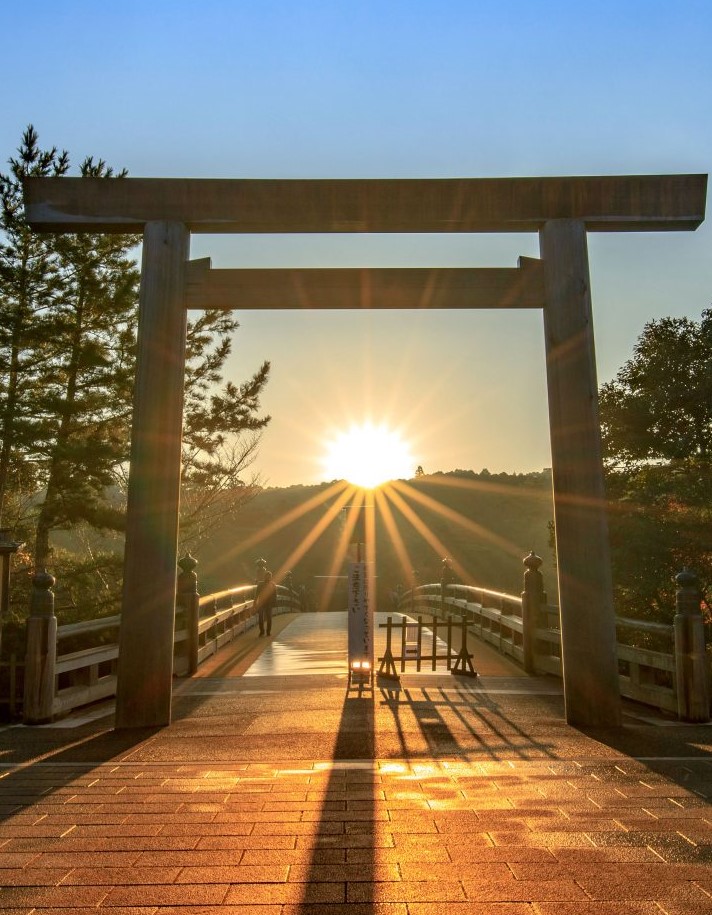
Ise Jingu, located in Ise, Mie Prefecture, is a revered complex of shrines dedicated to the Shinto sun goddess Amaterasu. It holds the utmost significance among all shrines in Japan, and it serves as the permanent enshrinement site for Amaterasu, the most revered Shinto deity and the ancestral figure of the imperial family. With over 2000 years of history, it holds paramount importance as a symbol of deep spiritual and cultural significance in Japan. The shrine’s unique architectural tradition of Shikinen Sengu, where the main shrines are rebuilt every 20 years.
Surrounded by a tranquil forest and situated in the pristine Ise-Shima National Park, Ise Jingu beautifully intertwines spirituality with a profound respect for nature, making it a cherished destination for pilgrims and visitors seeking a connection to Japan’s rich heritage. As one of the most revered shrines in Japan, it continues to inspire awe and reverence, inviting visitors to explore the depths of the nation’s extraordinary past while basking in the beauty of its timeless traditions.
4. Izumo Taisha Shrine

Izumo Taisha Shrine, located in Shimane Prefecture, holds a position of great importance in Japanese spirituality. Considered one of the oldest and most significant Shinto shrines in the country, it is dedicated to Okuninushi, a deity associated with relationships, love, and prosperity. The shrine’s origins trace back to ancient times, and its historical significance is deeply intertwined with Japanese mythology and folklore. According to legend, once a year, all the other Shinto gods gather at Izumo Taisha for a grand assembly, making it a sacred place of extraordinary importance and reverence.
Nestled amidst serene natural surroundings, the shrine’s architecture reflects the traditional Shinto style, characterized by its simplicity and respect for nature. The main hall, adorned with a thatched roof, exudes a sense of timeless elegance and spiritual tranquility. For centuries, people from all walks of life have made pilgrimages to Izumo Taisha, seeking blessings for love, harmonious relationships, and overall prosperity, making it an integral part of Japan’s cultural and spiritual fabric.
5. Izanagi Shrine (Izanagi Jingu)

Izanagi-jingu Shrine, nestled on the tranquil Awaji Island in Hyogo Prefecture, is a place of profound spiritual significance in Japanese mythology and Shinto beliefs. It is arguably the most important sacred site in Japan. According to Japanese ancient literature (the Kojiki 古事記 and Nihon Shoki 日本書紀) the male and female deities, Izanagi and Izanami, who became husband and wife, gave birth to the islands of Japan. The first one they created was Awaji Island. On the island, there are many places related to the creation myth, but the most important one is Izanagi Jingu. It is said to be among the oldest Shinto shrines in Japan and the place where the god Izanagi no Mikoto spent the rest of his life after completing all his godly duties.
The shrine’s historical and cultural significance also extends beyond its mythical ties. It has been revered for centuries as a place of worship and spiritual reflection. Its serene surroundings and architectural beauty reflect traditional Shinto design, creating a serene atmosphere for visitors to experience a sense of peace and harmony. Izanagi Jingu on Awaji Island serves as a living testament to Japan’s mythical origins and serves as a cultural touchstone, inviting visitors to delve into the rich tapestry of Japanese folklore, spirituality, and heritage.
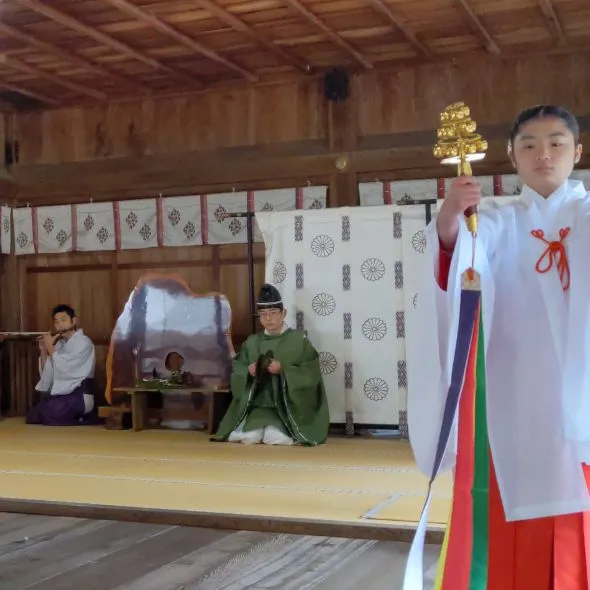
Today, Izanagi Jingu continues to draw visitors seeking to immerse themselves in Japan’s mythological heritage and spiritual essence. The serene setting, coupled with its profound historical significance, allows pilgrims and tourists alike to experience the timeless allure of Japanese mythology and the roots of the nation’s identity.
If you are intrigued to delve into the mysteries of one of Japan’s oldest shrines, Izanagi Jingu, and its connection to the birth of Japan, you can find in-depth knowledge here. Moreover, consider embarking on an enriching adventure to Awaji Island, where Izanagi Jingu is situated. As the first island of Japan, Awaji Island holds a unique charm and a deep-rooted history that reflects the nation’s origins.
Japan’s numerous shrines stand as symbols of the country’s rich cultural legacy, spiritual traditions, and connection with the natural world. Each shrine has its unique story to tell, representing a piece of Japan’s multifaceted history. From the bustling metropolis of Tokyo to the serene countryside, these sacred sites offer visitors a glimpse into Japan’s soul, fostering a deep appreciation for the country’s profound cultural heritage.



